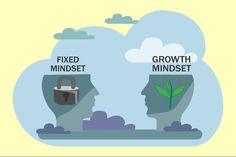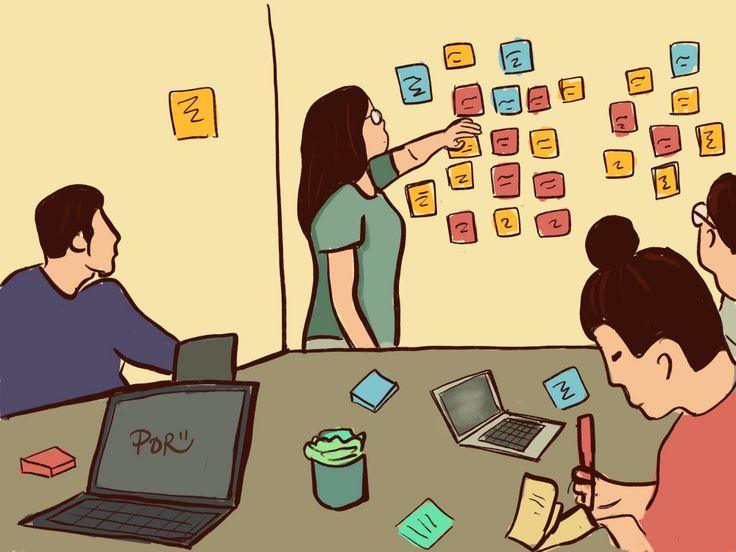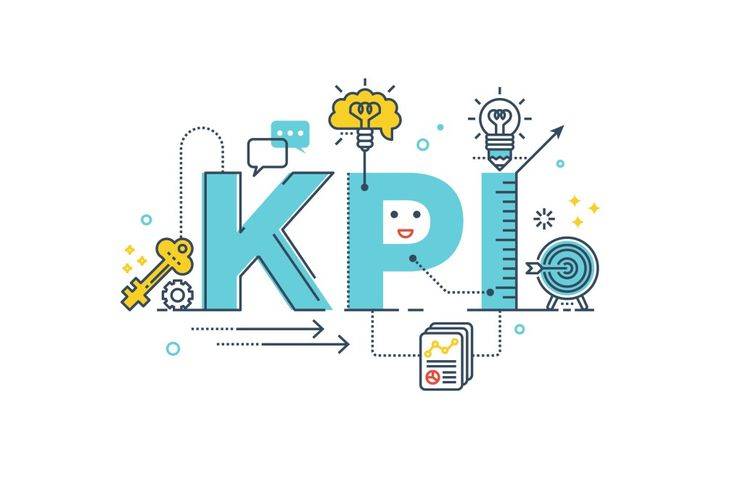



 ${ lang === 'zh' ? '中文': 'ENG' }
${ lang === 'zh' ? '中文': 'ENG' }




 ${ lang === 'zh' ? '中文': 'ENG' }
${ lang === 'zh' ? '中文': 'ENG' }
 ${formatTime('2025-02-26 15:34:09', 2)} ${formatTime('2025-02-26 15:34:09', 3)}, ${formatTime('2025-02-26 15:34:09', 1)}
${formatTime('2025-02-26 15:34:09', 2)} ${formatTime('2025-02-26 15:34:09', 3)}, ${formatTime('2025-02-26 15:34:09', 1)}

In today’s fast-paced and competitive market, relying on outdated sales methods can hinder growth. To stay ahead, sales professionals must continuously refine their approaches to keep up with changing buyer behaviors and expectations. Below is an actionable guide for evolving your sales strategies to boost performance and adaptability.

1. Assess Your Current Sales Techniques
• Evaluate Current Practices: Conduct a comprehensive review of your existing sales processes to identify gaps and areas of improvement.
• Seek Feedback: Gather input from your sales team, customers, and other stakeholders to better understand the strengths and weaknesses of your approach.
• Benchmarking: Compare your current techniques against industry best practices and standards. Take time to evaluate individual and team performance, and benchmark where improvements are needed.

2. Foster a Customer-Centric Mindset
• Customer-Centric Training: Develop training programs that focus on understanding your customer’s pain points, motivations, and needs.
• Create Customer Personas: Develop detailed personas to help your sales team better empathize with different customer segments and tailor their sales approaches accordingly.
• Empathy Exercises: Incorporate role-playing and empathy-building exercises to ensure salespeople engage customers authentically and effectively.

3. Improve Lead Qualification Processes
• Clear Lead Criteria: Define specific criteria for what constitutes a qualified lead, making sure these align with your business objectives and customer profiles.
• Utilize CRM Tools: Invest in CRM systems that track, manage, and analyze leads effectively, ensuring your team can work more efficiently.
• Lead Qualification Training: Ensure your sales team understands why lead qualification is essential and provide the necessary training to apply criteria consistently.

4. Equip Your Team for Handling Objections and Stalls
• Develop Objection Handling Resources: Create a library of common objections and effective responses to help your sales team prepare for challenging conversations.
• Conduct Workshops: Host workshops and practice sessions where salespeople can role-play objection-handling scenarios, reinforcing real-world application.
• Encourage Peer Learning: Foster a collaborative environment where team members share experiences and strategies for overcoming objections.

5. Promote Continuous Improvement and Adaptability
• Establish a Learning Culture: Encourage a culture of continuous education and professional development. Lead by example and demonstrate a commitment to ongoing learning.
• Regular Performance Reviews: Conduct performance assessments that rely on data and measurable results to identify both strengths and areas for development.
• Innovation Challenges: Organize challenges to foster new sales strategies and encourage out-of-the-box thinking across the sales team.

6. Invest in Sales Team Development
• Skill Enhancement Programs: Provide opportunities for advanced training through workshops, seminars, and relevant certifications to strengthen your team’s skills.
• Mentorship Initiatives: Set up mentorship programs where experienced professionals can guide newer team members, ensuring knowledge is passed down effectively.
• Provide Cutting-Edge Tools: Allocate resources for your sales team to access the latest sales technologies and tools to enhance efficiency and productivity.

7. Monitor and Adjust Sales Strategies
• Define Key Performance Indicators (KPIs): Establish measurable KPIs to assess the effectiveness of your new sales techniques. Monitor these regularly to track progress.
• Conduct Regular Strategy Reviews: Set periodic reviews to evaluate how your sales techniques are performing and make necessary adjustments based on data-driven insights.
• Create a Feedback Loop: Develop a system where your team can provide ongoing feedback about what’s working, allowing you to fine-tune strategies continuously.

8. Celebrate Successes and Learn from Failures
• Recognition Programs: Recognize and reward team members who effectively adopt and apply new sales techniques. Celebrate successes to motivate and inspire others.
• Case Study Creation: Develop case studies from both successful and failed sales initiatives to use as educational tools for the team. Learn from each experience.
• Continuous Refinement: Use insights gained from both triumphs and setbacks to continuously refine your sales processes and techniques.
________________________________________
Conclusion: Embracing Ongoing Evolution in Sales
Adapting to the ever-changing sales landscape is a continuous process. Sales professionals must be proactive in challenging old assumptions, integrating new methods, and adapting strategies to meet evolving customer needs. By investing in sales team development and fostering a culture of innovation, you can maintain a competitive edge in the marketplace.
Evolving sales techniques is not a one-off effort; it’s a consistent process that requires persistence, learning, and adaptation. The best sales professionals don’t rely on trial and error—they implement data-driven, well-informed strategies that are agile and effective in the long term.
Gustafson, F. (2024, August 4). From stagnation to success: The evolution of sales techniques. LinkedIn.
🔗 https://www.linkedin.com/pulse/from-stagnation-success-evolution-sales-techniques-frank-gustafson-rvnlc/